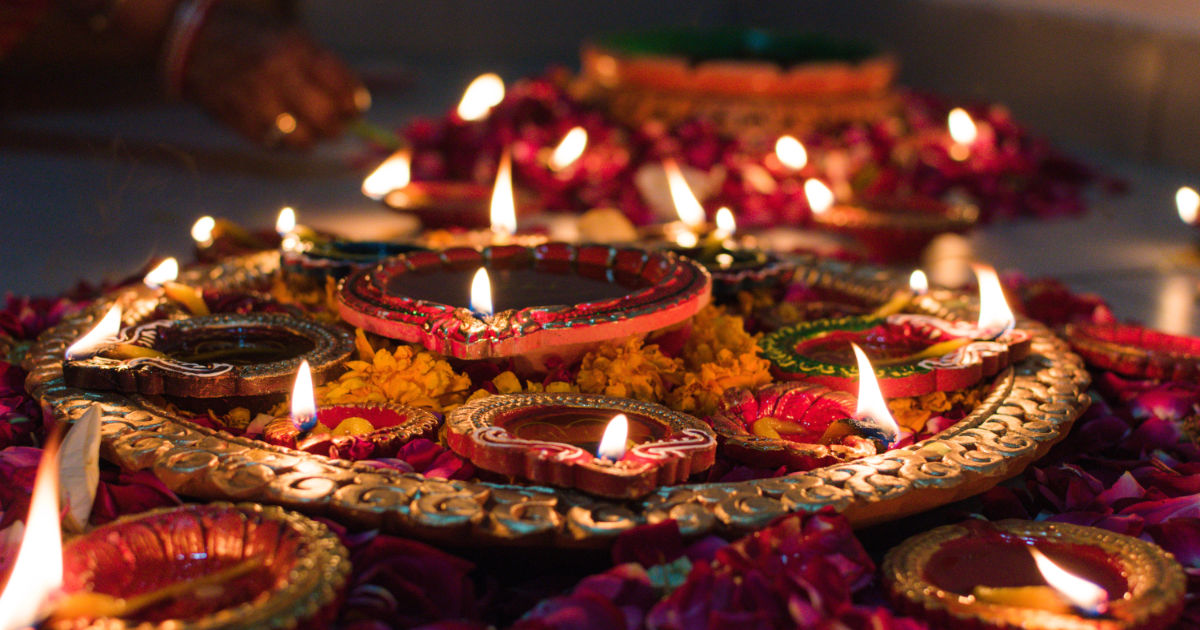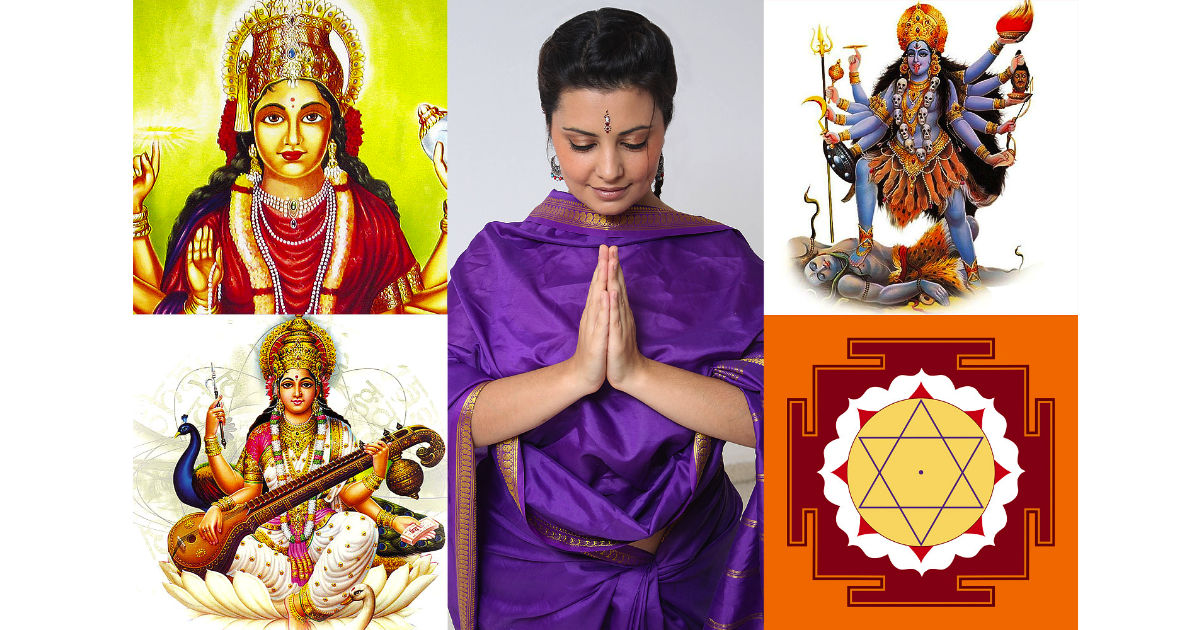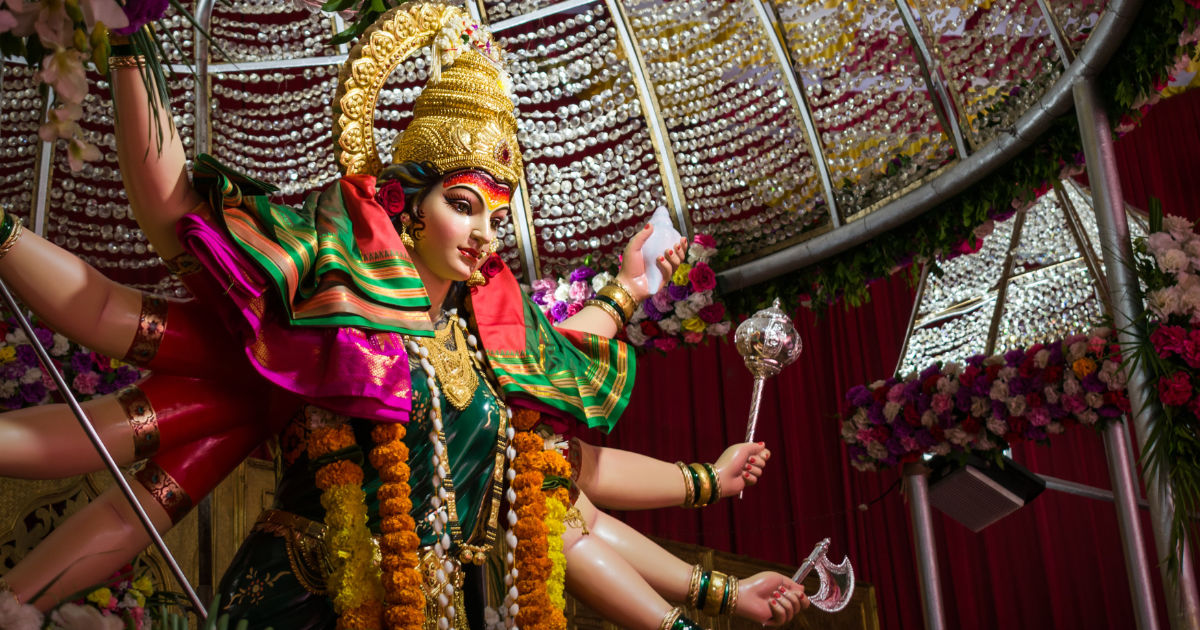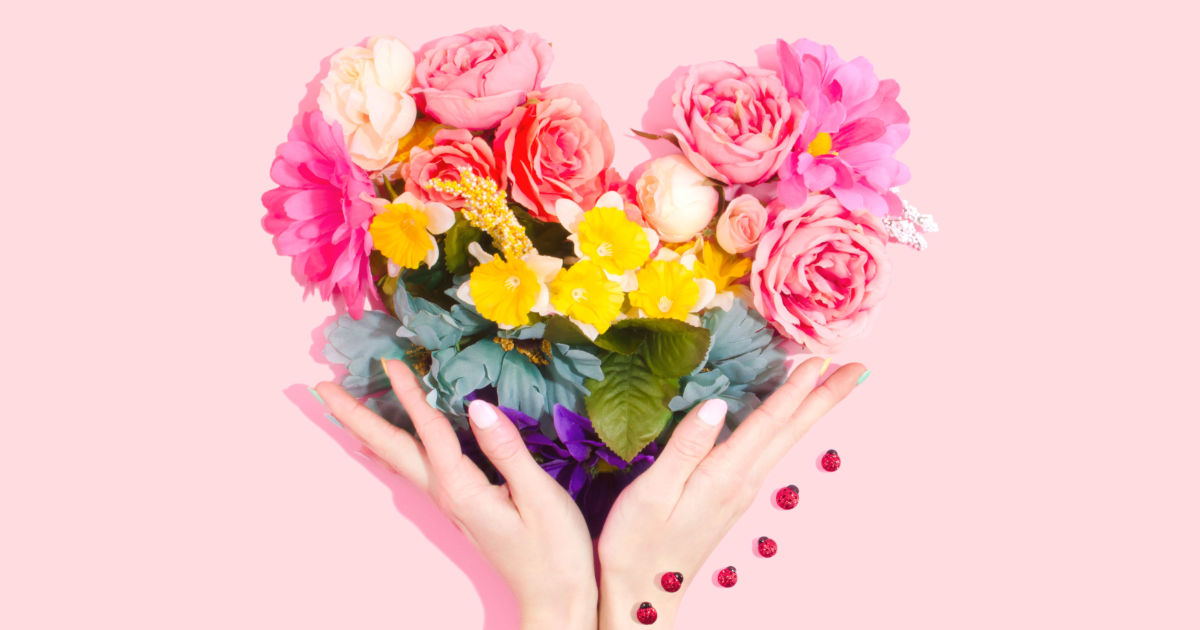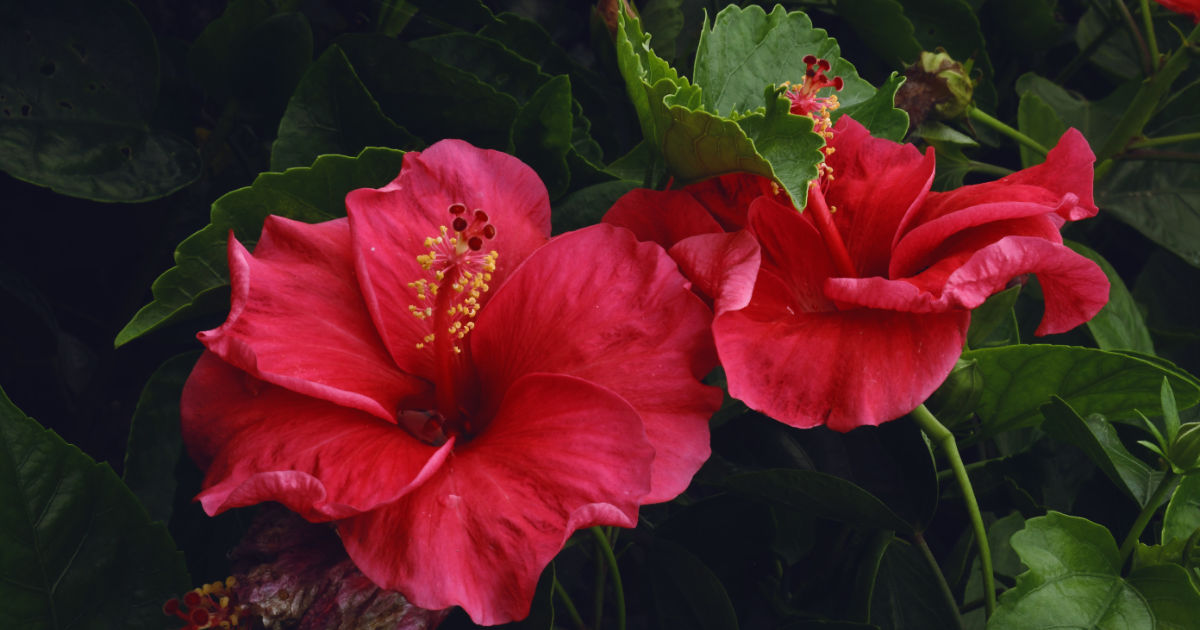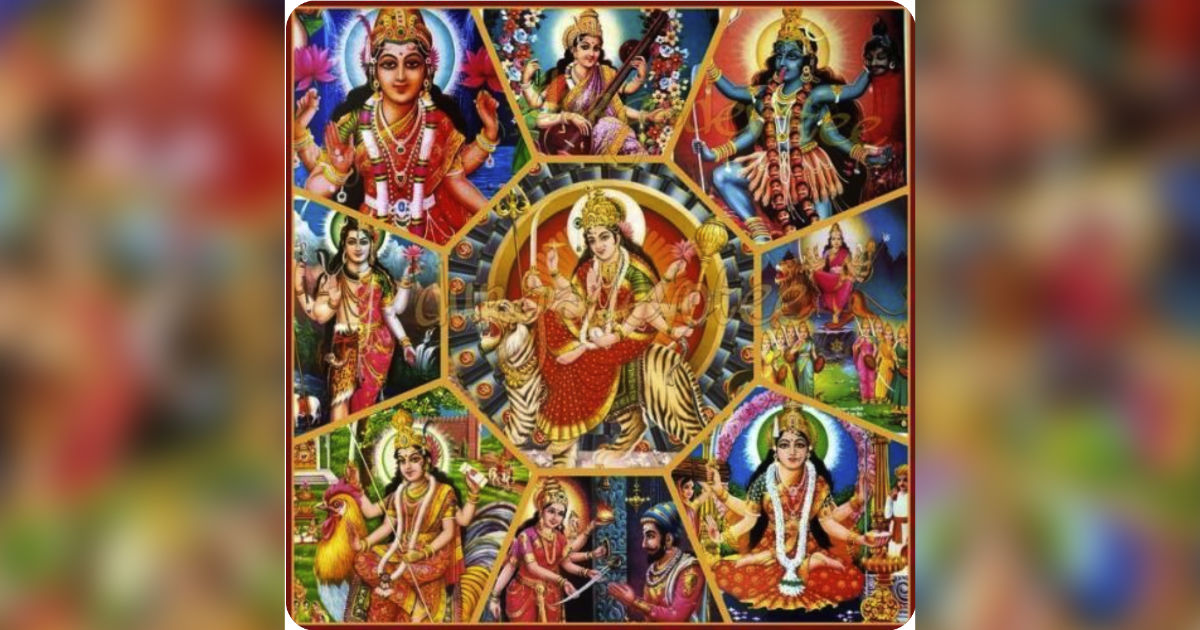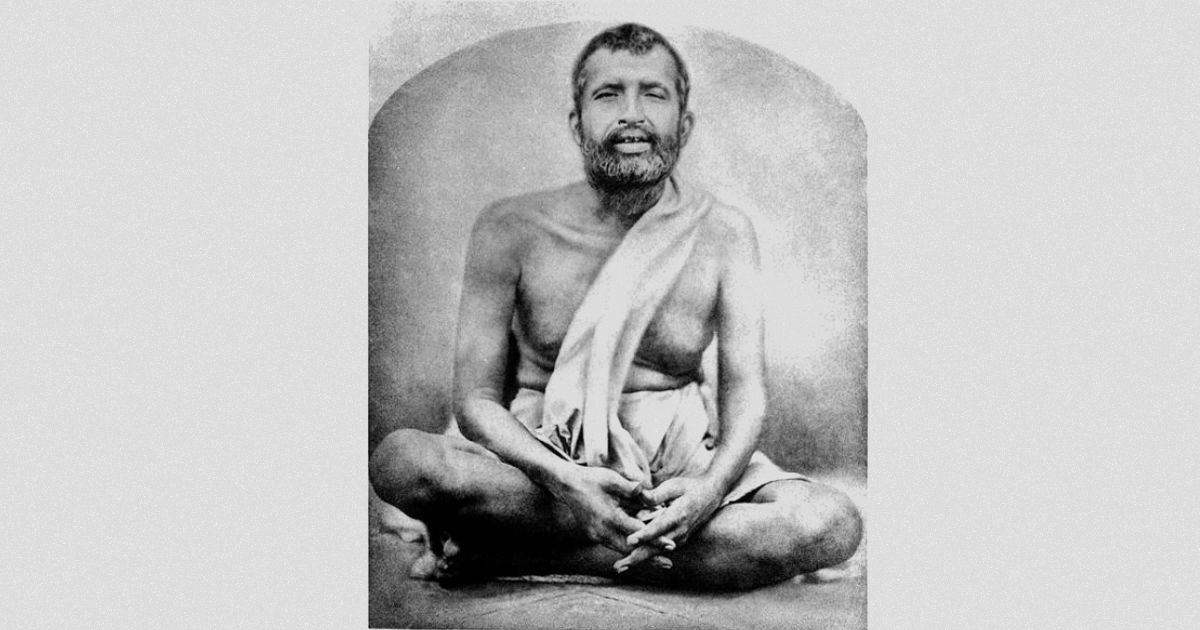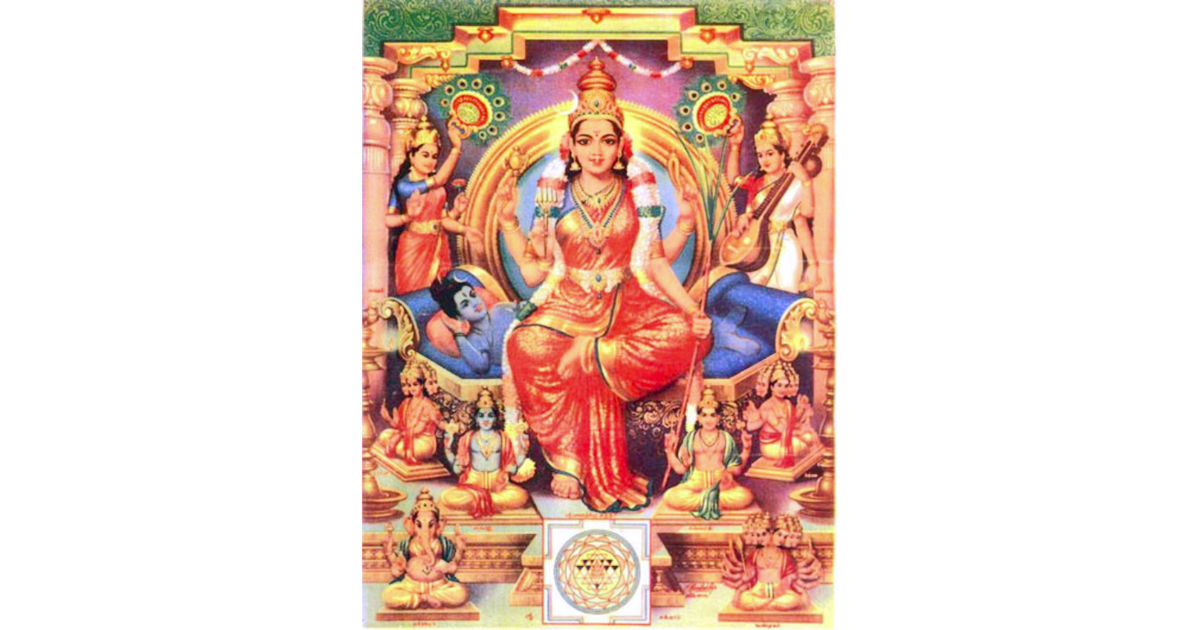Growing up as children in India as a Hindu, one learns a great deal from our numerous festivals. It is not taught but one’s awareness becomes heightened watching family members. All the festivals are based on triumph of good over evil. I am sharing with you the history and background and how this becomes a part of one. Continue reading
Tag Archives: kali
699 – We are blessed with many mothers
A mother in Hinduism is one’s first Guru. She nurtures and enables one to be a spiritual human being. Each Guru acknowledges his mother. The Mother Goddess has many forms, and they are all addressed as Mother. Continue reading
631 – What faith one belongs to
Why does one have to explain?
The Same God
Now there are varieties of gifts, the same Spirit; and there are varieties of service, but the same Lord: and there are varieties of working, but it is the same God who inspires them all in everyone. To each is given the manifestation of the Spirit for the common God.
1 Corinthians 12. 4-7 Continue reading
543 – Triumph over the Gunas during Navratri
During the 9 days of worship of the Mother Goddess, the triumph of the divine feminine trinity of Durga, Lakshmi and Saraswathi occurs. In the course of this festival of Mother worship, respect is shown to young girls, married women, young learned boys, elephants and cows. Navratri represents the internal conquest of negativity. Continue reading
526 – Kali’s gift of Atma shakti to all women
Today it’s International Women’s Day. #EmbraceEquity
Fearlessness the greatest gift bestowed to all women by Kali. As females we are told from the time of our birth to take care of ourselves and to look after others. However, what we must try to be is to be brave and fear free. Kali empowers us to develop Atma shakti. Continue reading
500 – Practice Atmabhava every day – Part 1
The practice of Atmabhava (love for humanity) is like being aware of all the gods 24/7. We have seven days in the week and each day is allocated to a God.
Monday is dedicated to Shiva. Devotees fast for the whole day and can have one meal only. Fasting starts after sunrise. After rising from the bed, one should meditate on Shiva. Then have a bath and offer prayers to Shiva and Parvati. If fasting, wear white clothes. White flowers and white food are offered. Benefit is to receive Shiva’s blessings. Continue reading
488 – How to offer flowers to the Deity
There is a ritual to be followed when one offers flowers to the Deity. There are many flowers which can be offered. Some of the favorites I have listed below.
Hibiscus—Botanical name Hibiscus rosa-Sinensis. The goddess loves the Hibiscus flower. It is her favorite flower. The hibiscus belongs to Kali. She represents empowerment, and with that comes destruction of evil. Therefore, she is considered a fierce Goddess. The red hibiscus is symbolic of Kali’s tongue. She portrays a form of energy and this blood symbolism becomes life affirming and it ties her to the life forces that pulsate in all of us. Continue reading
479 – 10 Divine forms of the Goddess
Das Mahavidyas are the divine forms of the Goddess. They are very powerful forms of the Goddess and can be worshipped in their individual manifestations. Their origin is when Sati manifested herself into the ten forms of Adi Shakti because Shiva would not allow her to attend her father’s Yagna uninvited. Both Sati and Shiva had not received an invite. When Shiva found that he was surrounded by these Goddesses in every direction, he agreed to attend the function. Continue reading
445 – Worship of Kali by Ramakrishna
Why did Ramakrishna worship Kali? Ramakrishna had the divine vision of Kali and he was always in communication with her. One does not know whether Kali chose him to express her divinity through him or he chose Kali.
Who is Kali? Is she the Shakti of Shiva? Continue reading
426 – Skulls
Skulls are seen everywhere in Mexico. They are considered symbols of birth and death. Local culture believes that the afterlife is as important if not more important than one’s life on earth. The skull symbolizes both sides life and afterlife. Continue reading
378 – Colors and their importance at Navratri
Navratri means nine nights of worship. Nine colors are worn on nine different days.
White is the first color and it stands for peace and serenity. The Goddess Brahmacharini represents peace and serenity. She is depicted with a rosary in her right hand and a water pot in her left hand. Jasmine and white lotus are offered to her. Continue reading
325 – Shakti Tantra
Shakti Tantra is for those seekers who wish to understand life. Shakti is pure energy. She is the primordial mother. She introduces one to Shiva (Brahman-pure consciousness), Maa Jagadamba (Maha Saraswati), Maha Lakshmi and Maha Kali. Continue reading
321 – Skulls and severed heads
When some of us think of Hindu Goddesses, we associate some of them with being fierce and blood thirsty. That is not the case; it is our misunderstanding which has been reinforced by the distortion of facts. As a child, I never felt afraid of Kali, Tara, Chinnamasti, Matangi and Bhairavi. They all wear garlands of skulls or severed heads. Continue reading
314 – Tripura Sundari, Goddess of the three universes
Tripura Sundari is also known as Sodasi, Lalita, Sri Vidya and Rajarajeshwari. Her worship centers on the worship, meditation, mantra and Sri Yantra. Tripura Sundari is identified with three channels of Kundalini Yoga. She is the cosmic queen. Continue reading
313 – The origin of the 10 powerful forms of the Goddess
Sati (first avatar of Parvati) and Shiva were married much against her father’s will. She was her father’s favorite child. Her father Daksha organized a Yagna, a great sacrifice. All the Gods were invited, other than Sati and her husband Shiva. Sati was heart-broken and Shiva being Shiva did not care. She begged him to take her to the Yagna uninvited. He refused and then she transformed herself into 10 manifestations of herself and each form was more terrifying than the other. They surrounded Shiva and he had to agree to her demand. Continue reading

